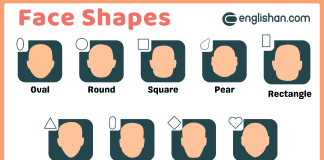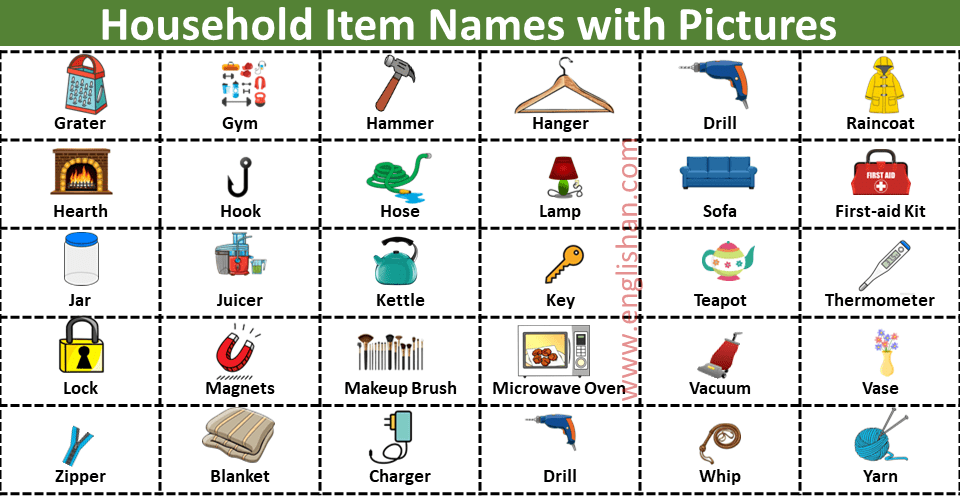Contents
In this blog post, you will learn the different types of bone fractures in English. Understanding these terms helps in describing injuries and medical conditions accurately. Each fracture has a specific name based on how the bone breaks, making it essential for students, medical learners, and anyone interested in health vocabulary. Knowing these names improves communication and helps in understanding medical discussions.
To learn more vocabulary on different topics, visit our vocabulary category.
What Is a Bone Fracture?
A bone fracture occurs when a bone is subjected to a force greater than it can withstand, causing it to crack or break. Fractures can happen in various ways, depending on the direction and intensity of the force applied to the bone. Understanding the different types of bone fractures can help in identifying the injury and determining the appropriate treatment.
Common Types of Bone Fractures
There are several types of bone fractures, each with unique characteristics. Below, we will explore the most common types, explaining how they occur and what they look like.
- Simple (Closed) Fracture: A simple or closed fracture occurs when the bone breaks but does not pierce the skin. The bone remains aligned, and the skin is not damaged. This type of fracture is generally less complicated and has a lower risk of infection compared to open fractures.
- Compound (Open) Fracture: A compound or open fracture is when the broken bone pierces the skin, creating an open wound. This type of fracture is more severe because it exposes the bone to the outside environment, increasing the risk of infection and requiring immediate medical attention.
- Transverse Fracture: A transverse fracture occurs when the bone breaks at a right angle to its long axis. This type of fracture is often the result of a direct blow or a sudden impact, such as in a car accident or a fall.
- Oblique Fracture: An oblique fracture is characterized by a diagonal break across the bone. This type of fracture often occurs when a force is applied at an angle, causing the bone to break in a slanted direction.
- Spiral Fracture: A spiral fracture occurs when a twisting force is applied to a bone, causing it to break in a spiral pattern. This type of fracture is common in sports injuries, where the body is moving in one direction while the limb is twisted in another.
- Comminuted Fracture: In a comminuted fracture, the bone is broken into three or more pieces. This type of fracture usually results from severe trauma, such as a high-impact injury, and often requires surgery to repair.
- Greenstick Fracture: A greenstick fracture is a partial fracture in which the bone bends and cracks, but does not break completely. This type of fracture is more common in children because their bones are softer and more flexible than those of adults.
- Hairline (Stress) Fracture: A hairline fracture is a small, thin crack in the bone, often caused by repetitive stress or overuse. This type of fracture is common in athletes, especially runners, and may not be immediately noticeable without an X-ray.
- Compression Fracture: A compression fracture occurs when a bone is crushed, causing it to collapse. This type of fracture is most common in the spine, particularly in individuals with osteoporosis, where the vertebrae are weakened and more prone to breaking under pressure.
- Avulsion Fracture: An avulsion fracture occurs when a small piece of bone is pulled away from the main bone by a tendon or ligament. This type of fracture is often seen in athletes who experience sudden, forceful muscle contractions.

Recognizing and Treating Bone Fractures
Recognizing the signs of a bone fracture is essential for seeking timely medical care. Symptoms of a fracture may include:
- Pain: Intense pain at the site of the fracture, which may worsen with movement.
- Swelling: Swelling and bruising around the injured area.
- Deformity: Visible deformity or an unnatural angle in the limb.
- Inability to Move: Difficulty or inability to move the affected limb.
If you suspect a bone fracture, it is crucial to seek medical attention immediately. Treatment for fractures typically involves:
- Immobilization: Keeping the broken bone in place using a cast, splint, or brace.
- Reduction: Realigning the bone fragments, either manually or surgically.
- Surgery: In severe cases, surgery may be required to insert metal rods, screws, or plates to stabilize the bone.
- Physical Therapy: After the bone has healed, physical therapy may be necessary to restore strength and mobility.
Preventing Bone Fractures
While not all fractures can be prevented, taking steps to protect your bones can reduce the risk of injury:
- Calcium and Vitamin D: Ensure you get enough calcium and vitamin D to keep your bones strong.
- Exercise: Engage in weight-bearing exercises, such as walking or jogging, to strengthen your bones.
- Safety Measures: Wear protective gear during sports and ensure your home is free of tripping hazards to prevent falls.
Conclusion
Understanding the types of bone fractures and their characteristics can help you recognize injuries and seek appropriate treatment. Whether it’s a simple fracture or a more complex one like a comminuted or spiral fracture, knowing what to expect can make the healing process smoother and more effective. Remember, if you suspect a fracture, seek medical attention right away to ensure proper care and recovery.
FAQs
The human body has 206 bones that make up the skeleton. Here’s a simple breakdown:
1. Skull – 22 bones (protects the brain)
2. Middle Ear – 6 tiny bones (help with hearing)
3. Neck – 1 bone (supports the tongue)
4. Spine – 26 bones (protects the spinal cord)
5. Rib Cage – 25 bones (protects the heart and lungs)
6. Shoulders – 4 bones (connects arms to the body)
7. Arms – 60 bones (includes bones like the upper arm, forearm, and hands)
8. Hips – 2 bones (connects legs to the body)
9. Legs – 60 bones (includes thigh, shin, and foot bones)
These bones work together to support, protect, and help your body move!
There are 4 types of bones:
1. Long Bones – Found in arms and legs.
2. Short Bones – Found in wrists and ankles.
3. Flat Bones – Protect organs, like the skull and ribs.
4. Irregular Bones – Unique shapes, like the spine and pelvis.
The 5 major bones are:
1. Skull – Protects the brain.
2. Spine – Supports the body.
3. Ribs – Protects the heart and lungs.
4. Femur – The long thigh bone.
5. Pelvis – Connects the spine to the legs.
To memorize all 206 bones:
1. Break them into groups.
2. Use memory tricks or phrases.
3. Practice with flashcards.
4. Study skeleton diagrams.
5. Repeat often.
6. Teach someone else.
7. Group related bones.
8. Practice daily.
These steps will help make memorizing easier!
The 206 bones are all the bones in the adult human body. They form the skeleton, which supports the body, protects organs, and helps you move. These bones are in places like the skull, spine, arms, and legs.
You May Also Like






